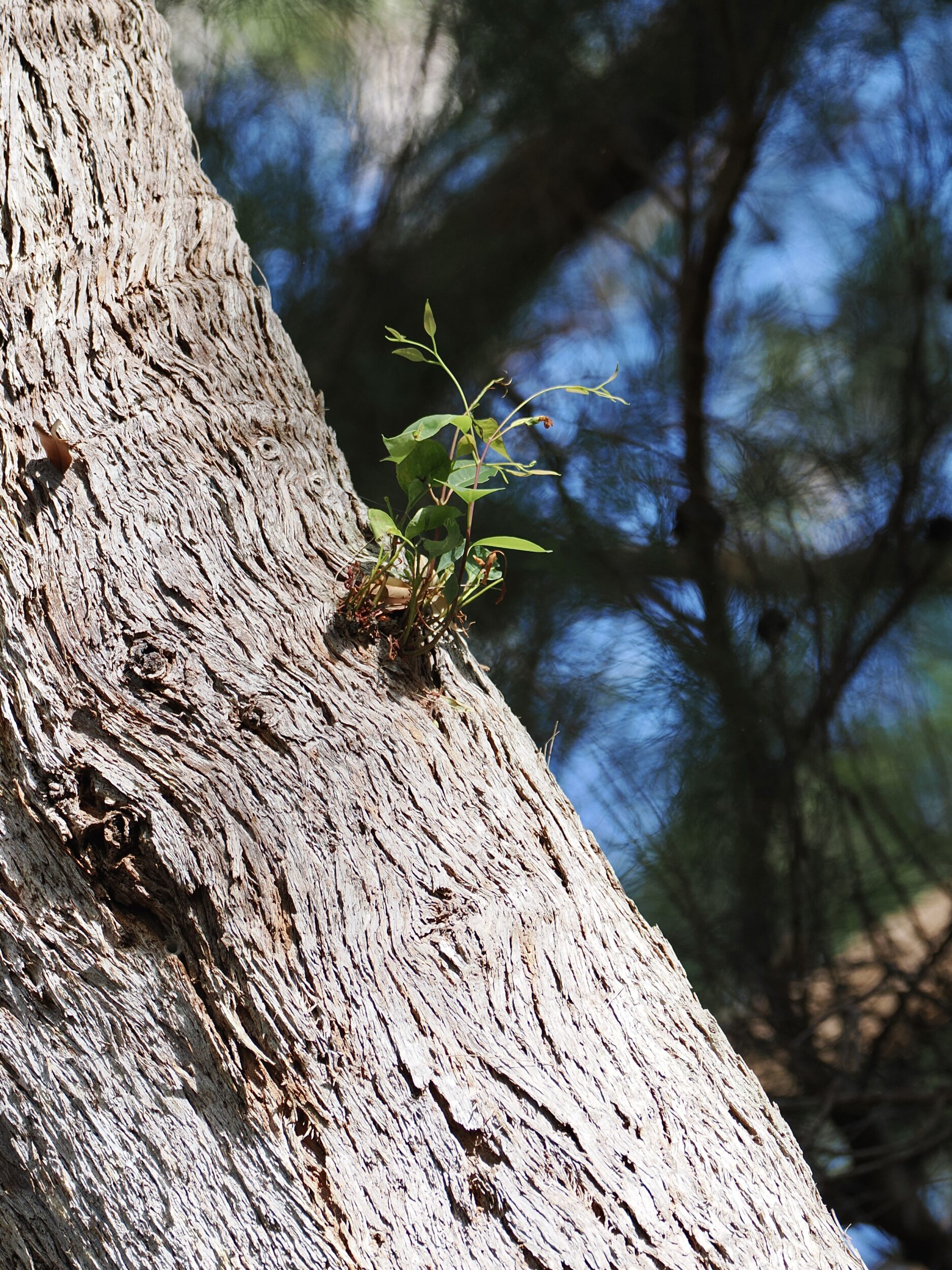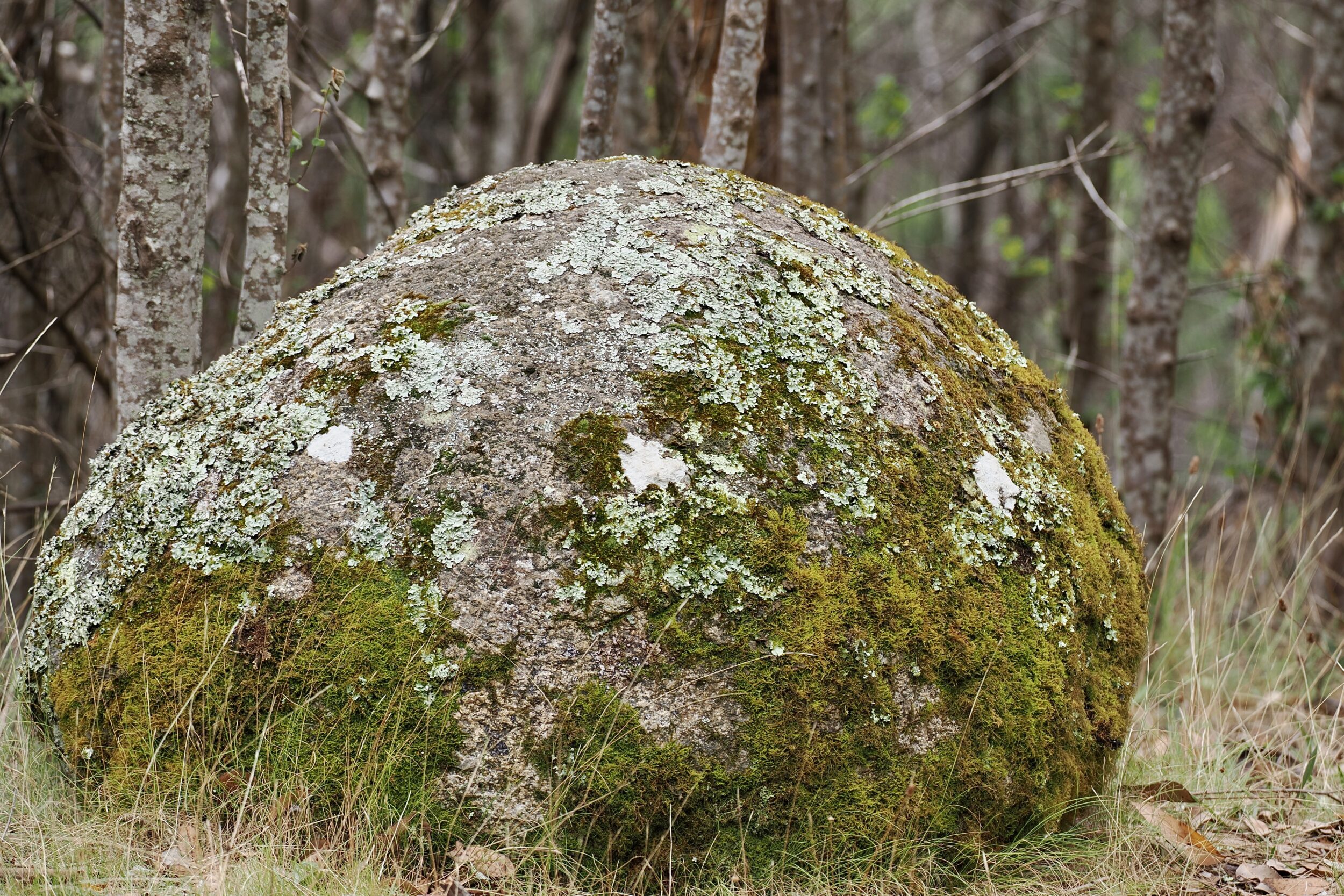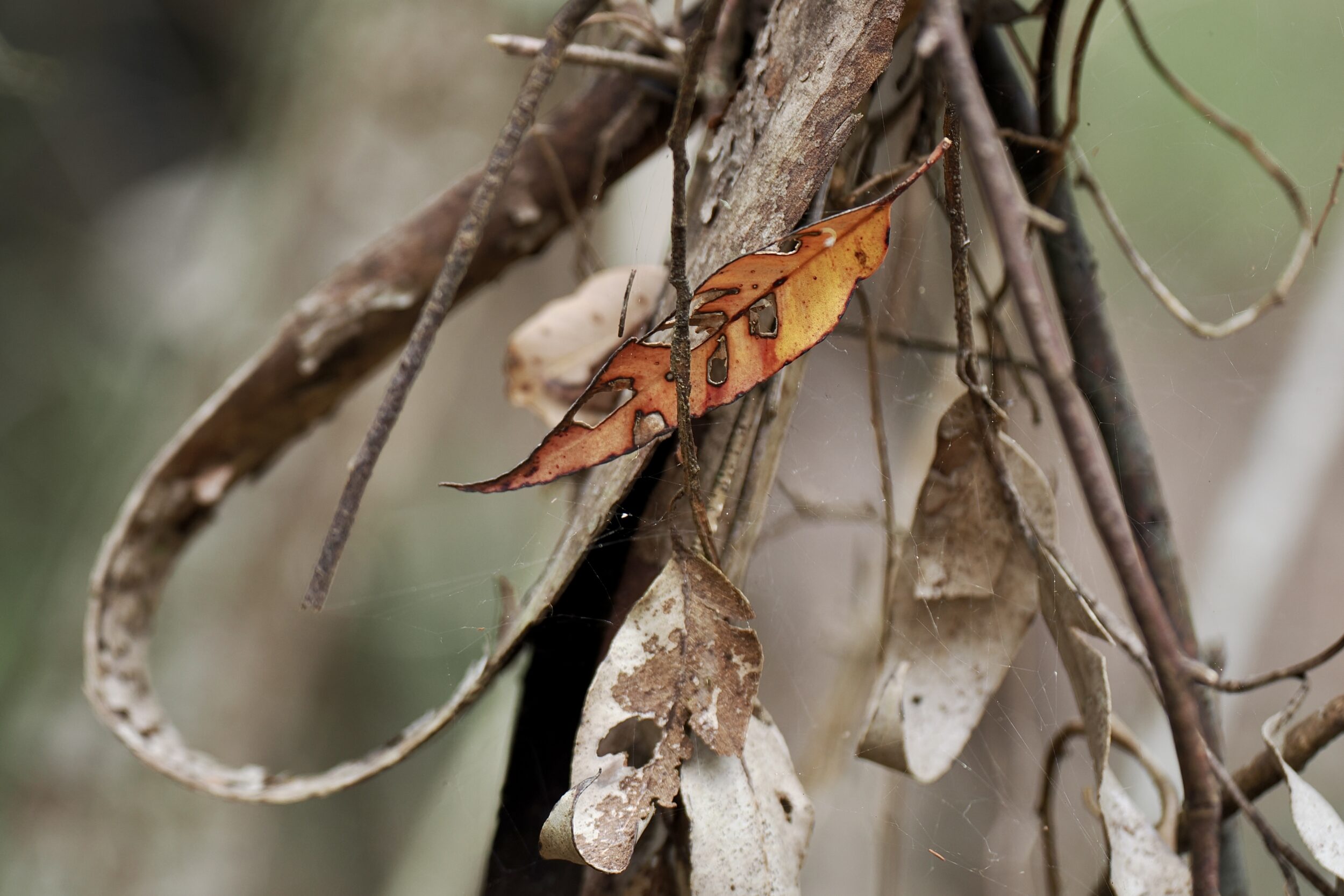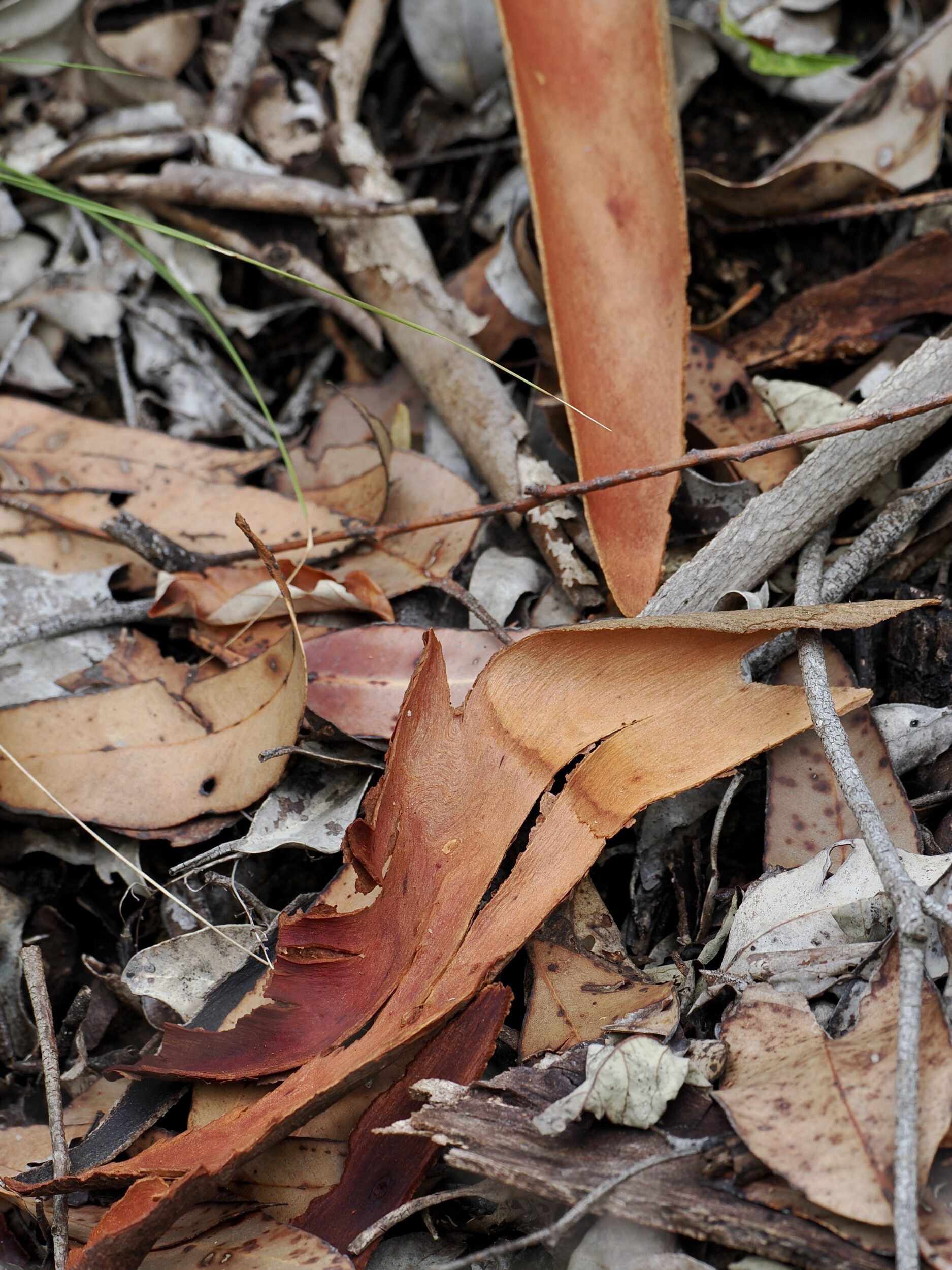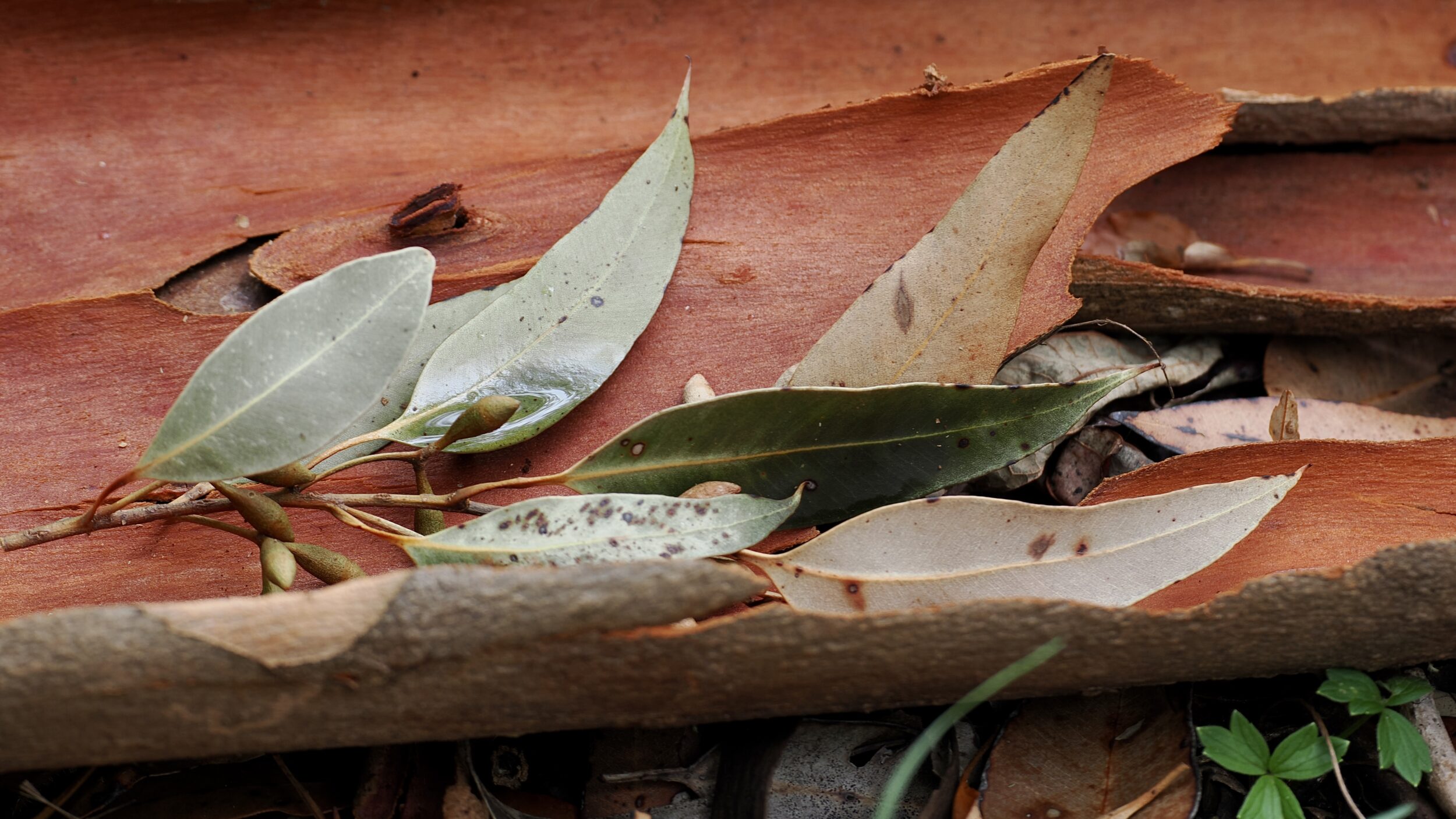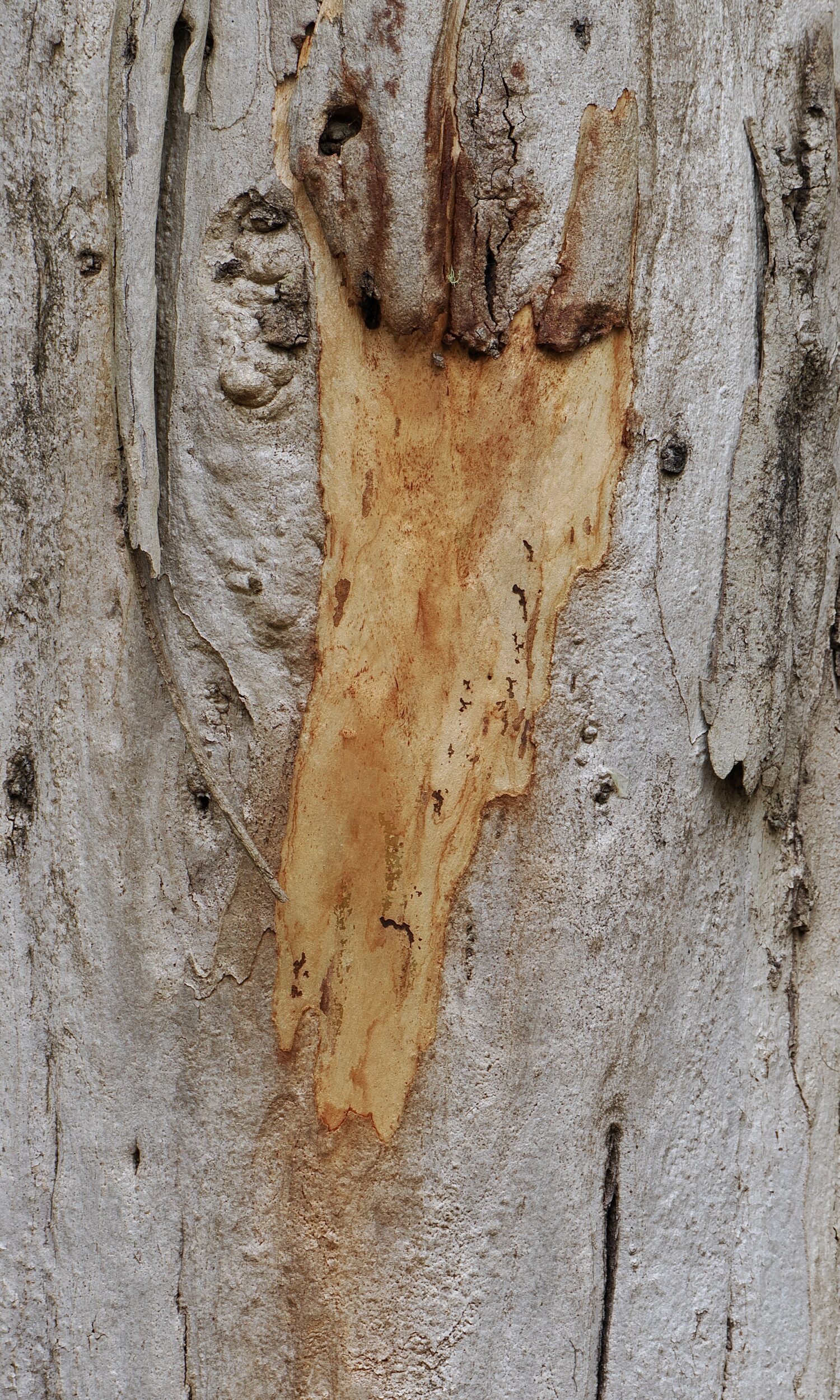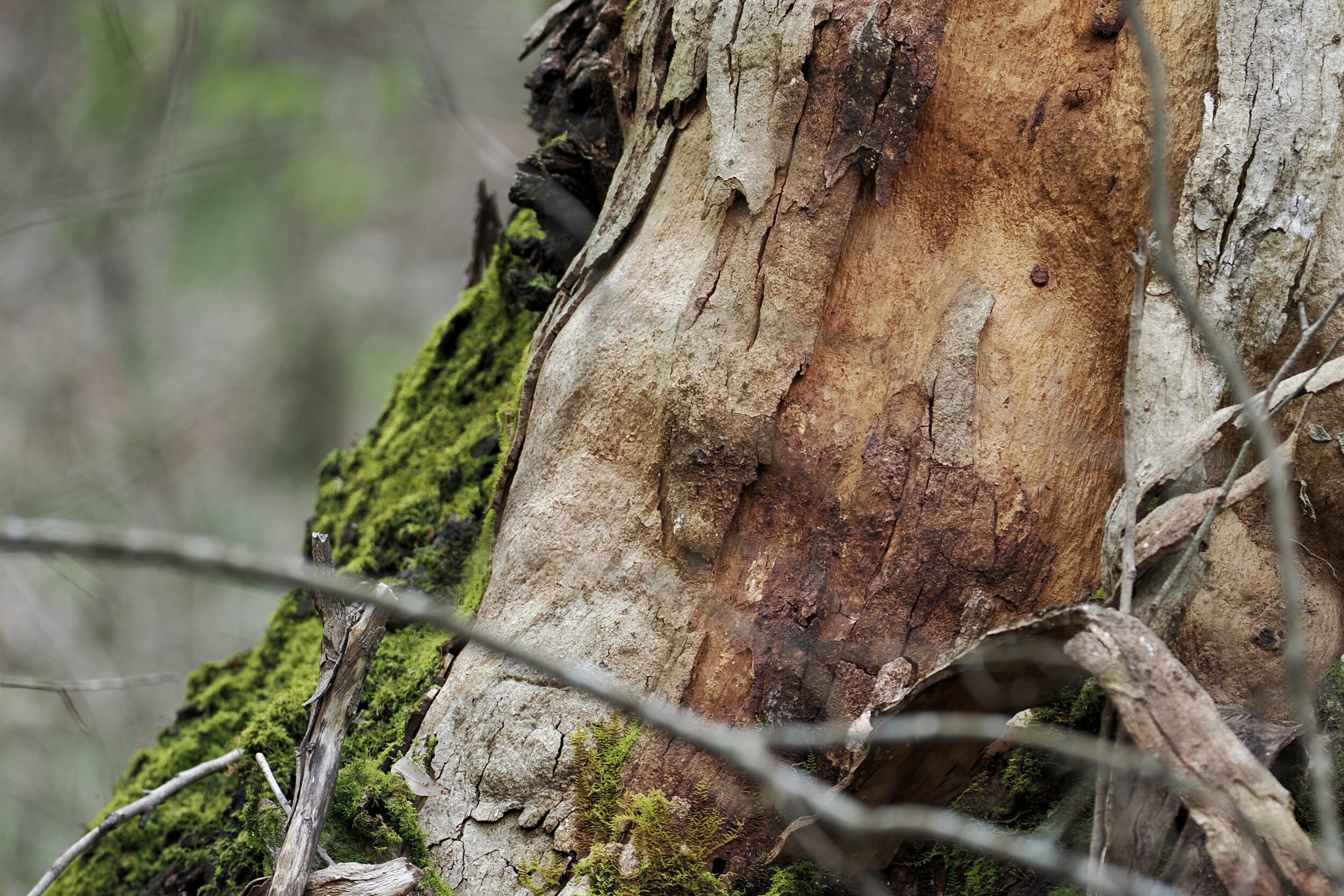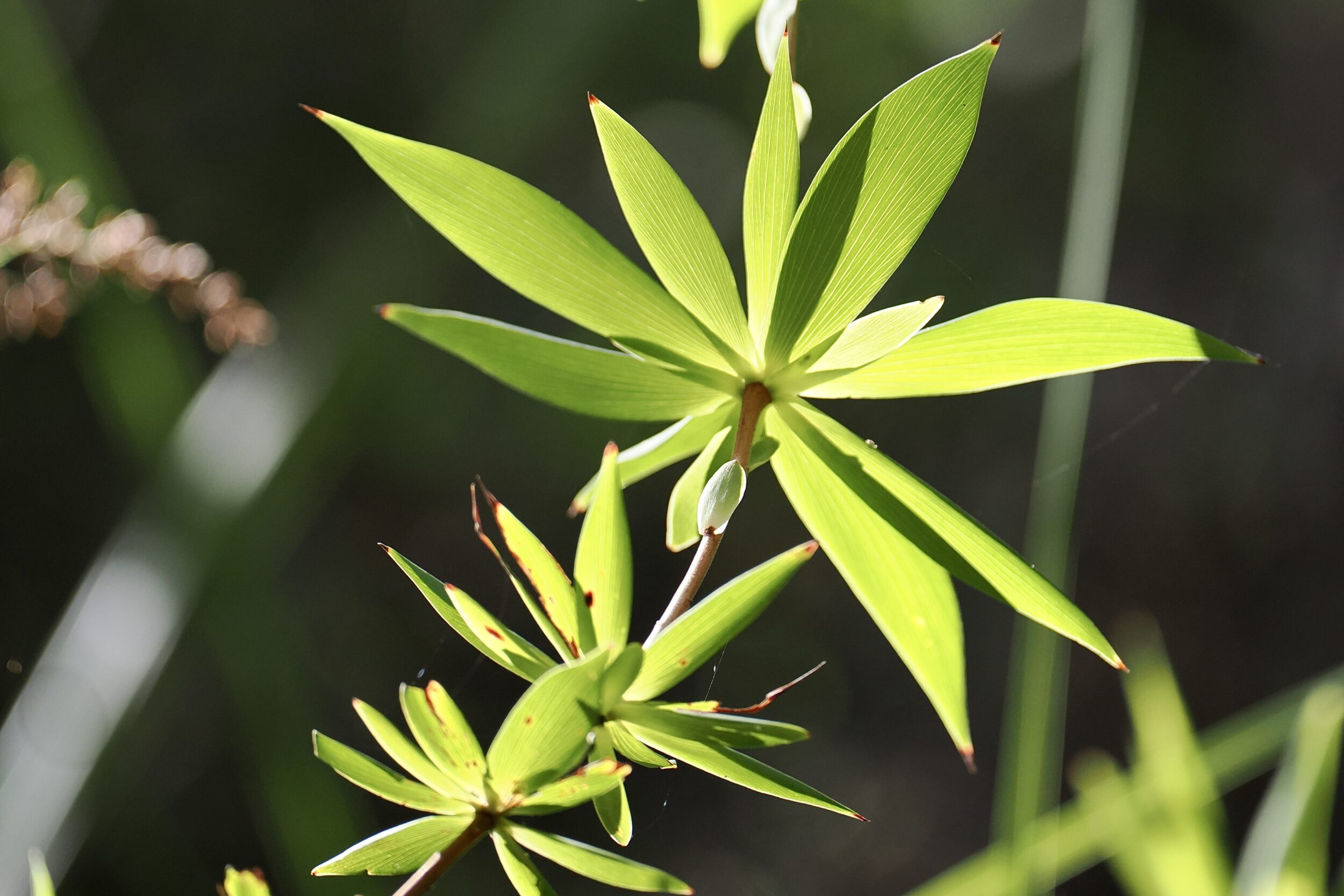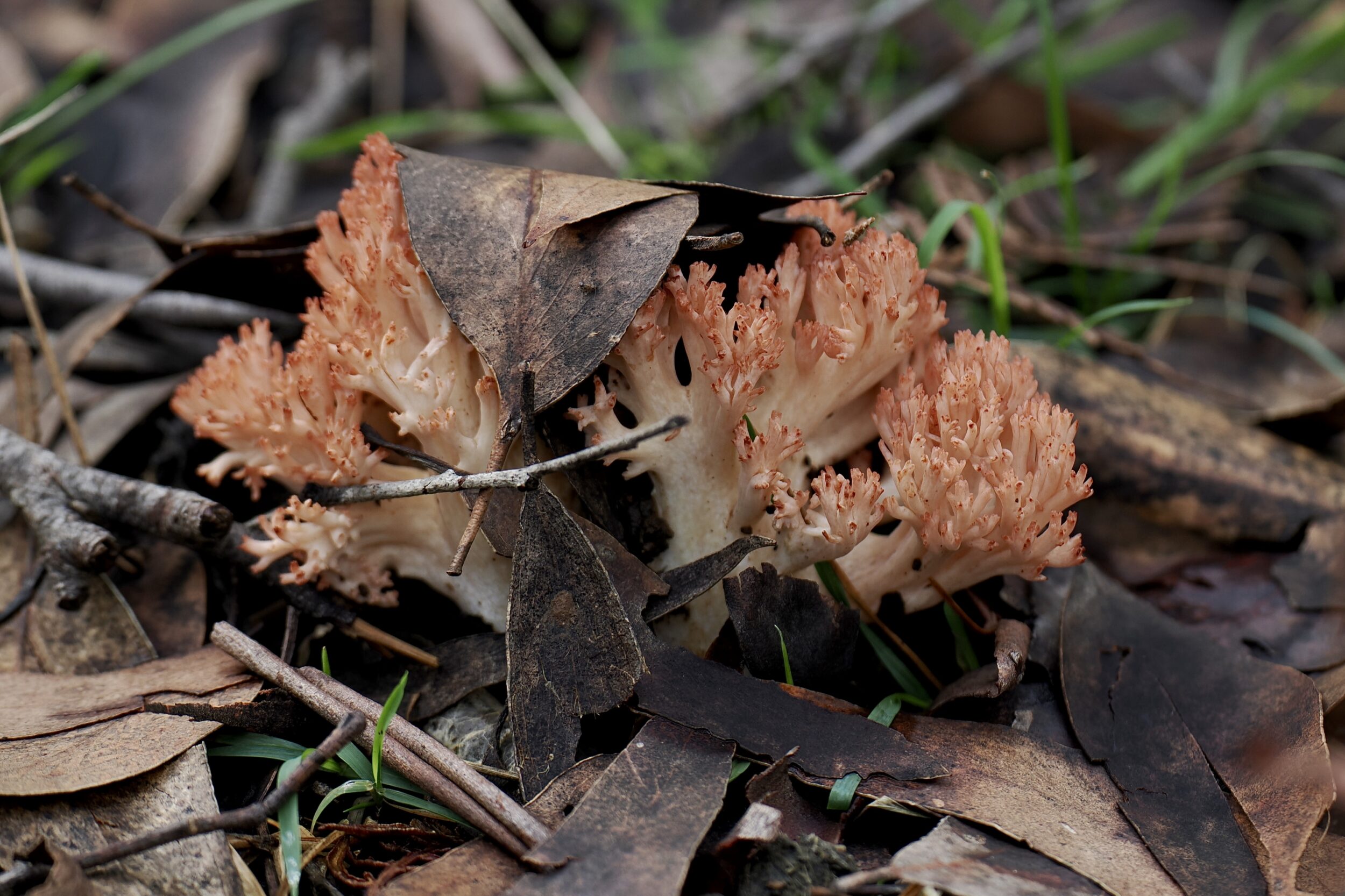You are looking at new growth on a very old, very large tree.
The Red Tingle – Eucalyptus Jacksonii – is a survivor, just, from a much wetter time.
Its “suitable habitat” has shrunk to a tiny portion of Western Australia’s south coast; almost all of it within Walpole-Nornalup National Park, which contains the wettest part of southern Western Australia.
Leave a Comment